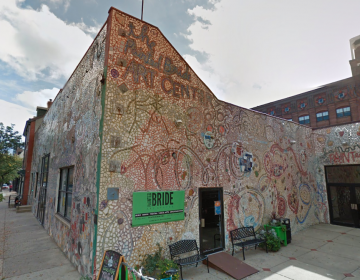2012 Endangered Properties List: Philly Modern, breweries, Family Court, and tax credits
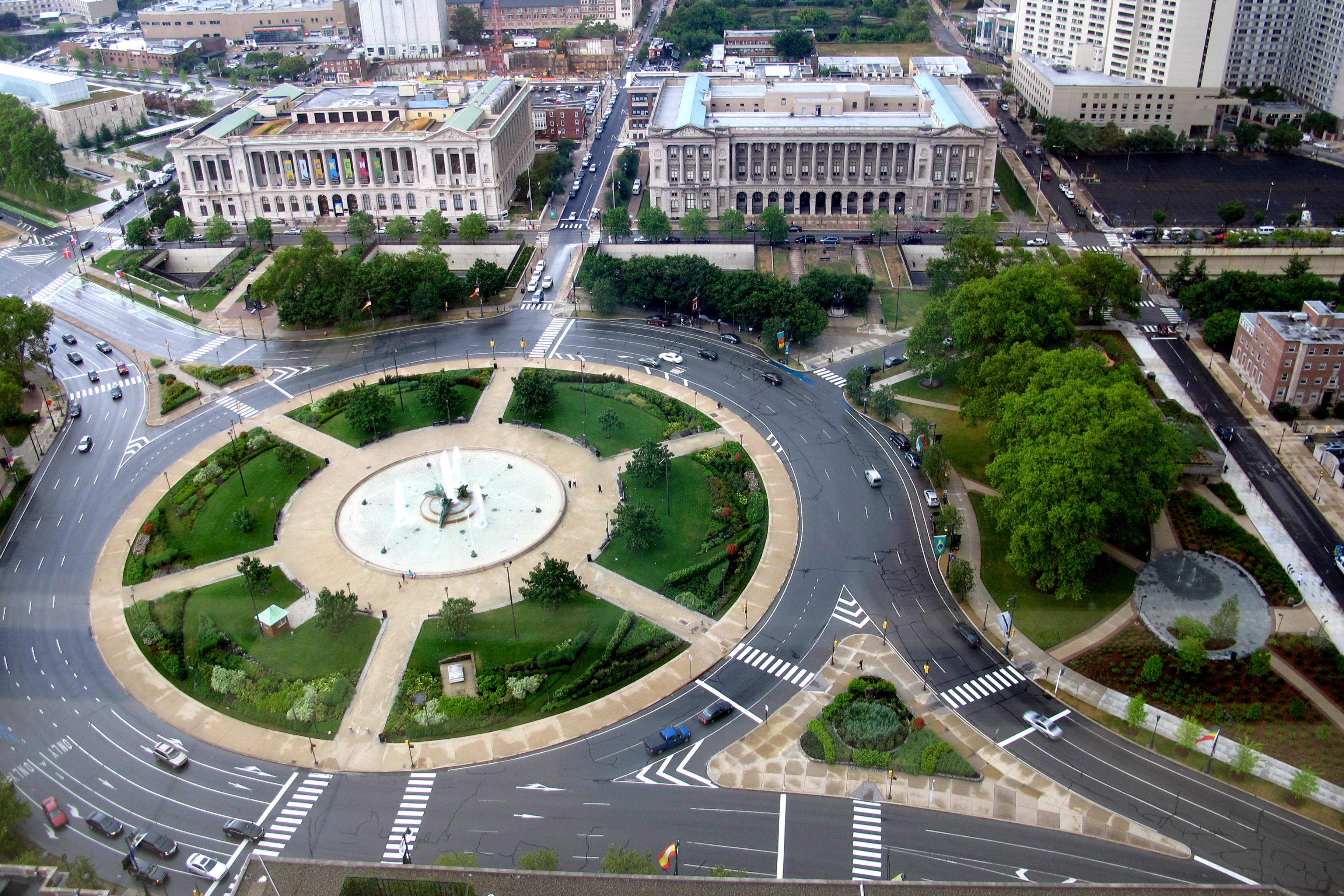
The Preservation Alliance for Greater Philadelphia released its 10th Annual Endangered Properties List [pdf] today, which includes three city-owned buildings, our dwindling supply of historic breweries, and examples of Philly modernism. Here’ s a look at what made this year’s list:
Logan Square
Logan Square may have the city’s highest concentration of civic architecture, but the Family Court building’s uncertain future could threaten the integrity of this landscape. Despite the Family Court Building’s historic designation – including the interior murals – the Preservation Alliance fears that a future development may involve a tower addition that will “disrupt the symmetry” of the Free Library (designed by Horace Trumbauer, 1925) and Family Court Building (designed by John Windrim, 1941) on Vine Street.
Police Administration Building
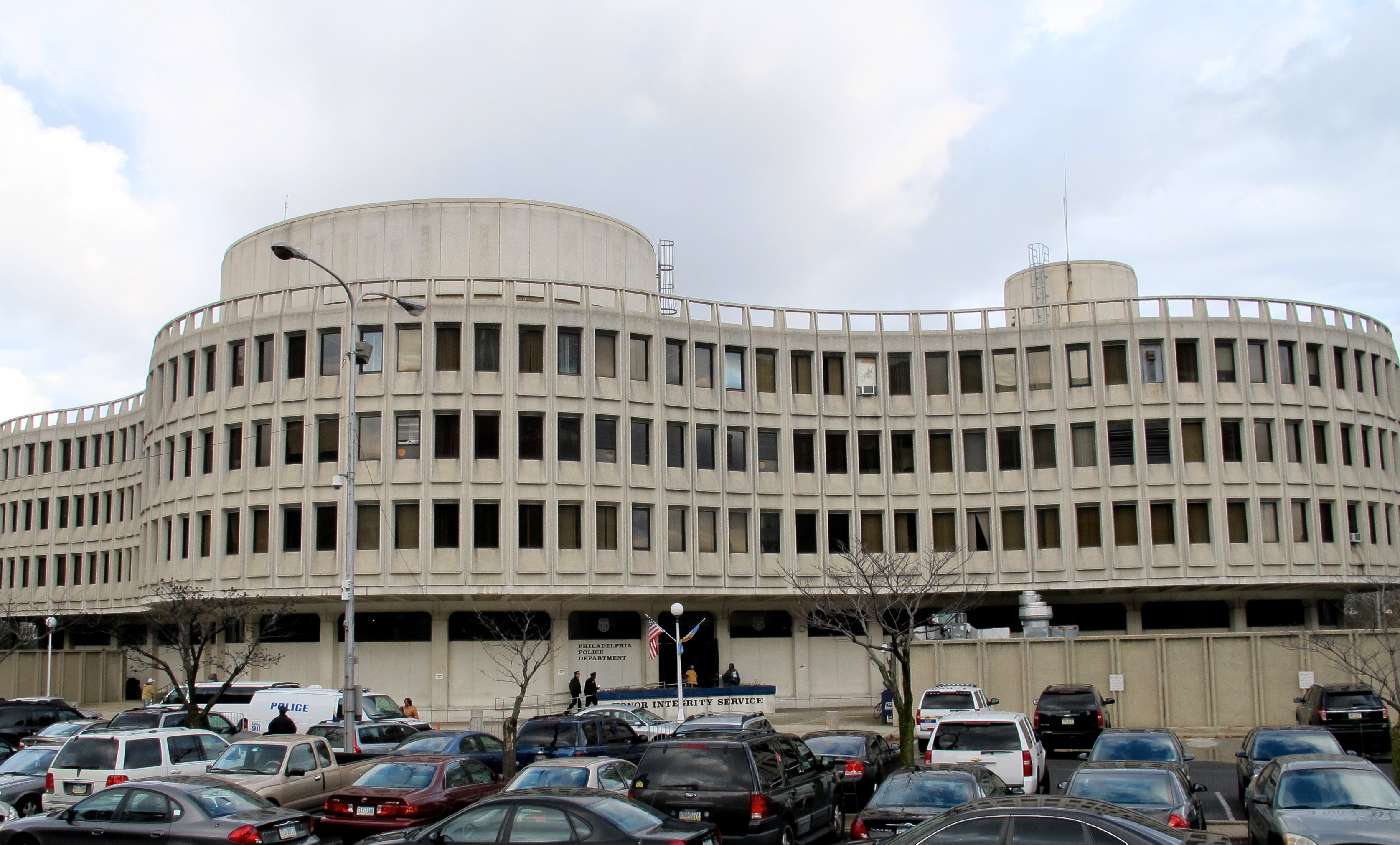
The Philadelphia Police Department has called the curvaceous Roundhouse (700 Race Street) home since the early 1960s, but this year the City announced plans to relocate the department to 46th and Market in the not-too-distant future. The building is an iconic piece of Philadelphia School architecture, designed by the firm Geddes, Brecher, Qualls & Cunningham, which was groundbreaking in its use of special precast concrete panels. Despite being an iconic modern building, eligible for listing in the Philadelphia Register of Historic Places, the building is not designated and the city seems disinclined to encourage an adaptive reuse for the building.
District Health Center No. 1
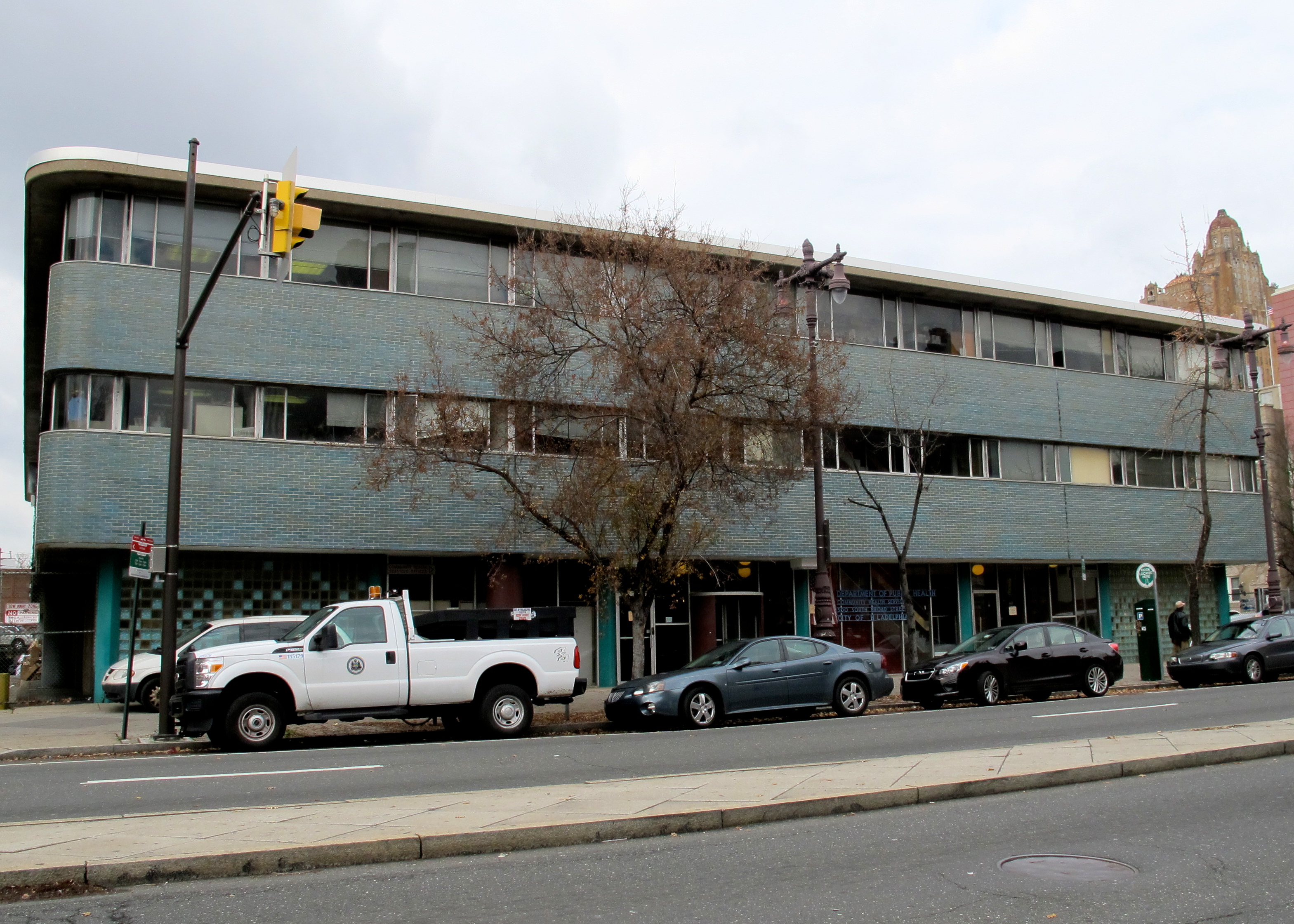
The Health District Center at 500 South Broad Street faces the same unknowns as the Police Administration Building. This colorful splash of modernism, designed by Montgomery & Bishop (1959), will be vacated when its functions are moved to 46th and Market. The City will likely market the site for redevelopment – but not necessarily reuse. The Health District Building’s glazed blue-green bricks, colored glass blocks, and curved edges make this building a distinguished and playful example of the post-war public architecture boom that swept Philadelphia. It too is not protected by local designation.
Philadelphia Breweries
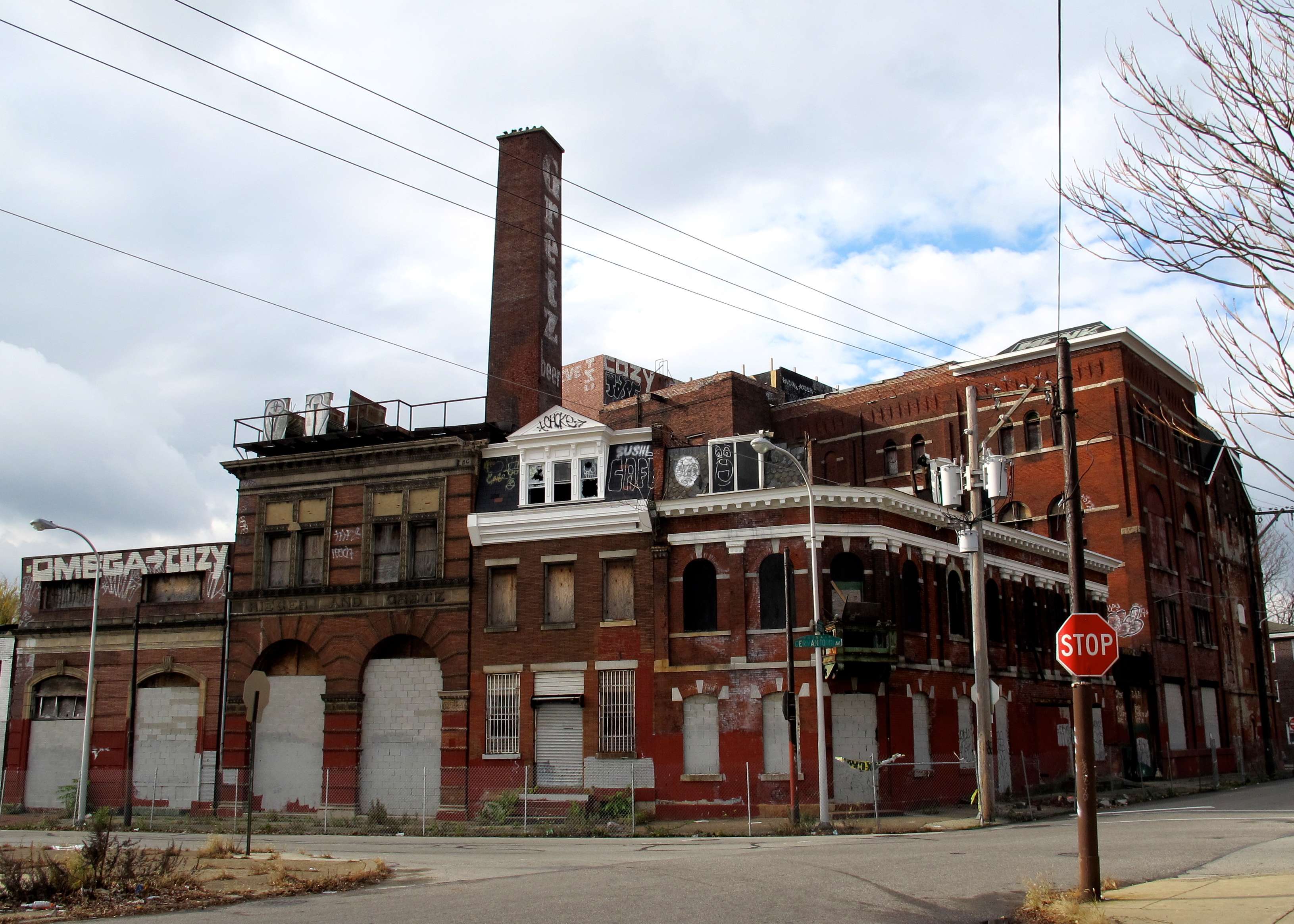
So few of our city’s once plentiful breweries remain, and three that do are in a precarious state. The Ortlieb brewery complex in Northern Liberties is threatened with demolition by developer Bart Blatstein. The Gretz Brewery in Kensington has been vacant for more than 50 years and has numerous building violations. The Poth Brewery, the last of Brewerytown’s namesake industrial complexes, is also in need of a new use if it will survive. Gretz was recently nominated by neighbors to the Philadelphia Register of Historic Places, and the Alliance would like to see Poth nominated as well to avert “unnecessary demolition.” (The Alliance makes no recommendation about the still-standing Ortlieb’s, for which demolition permits were pulled this fall.)
Carver Court
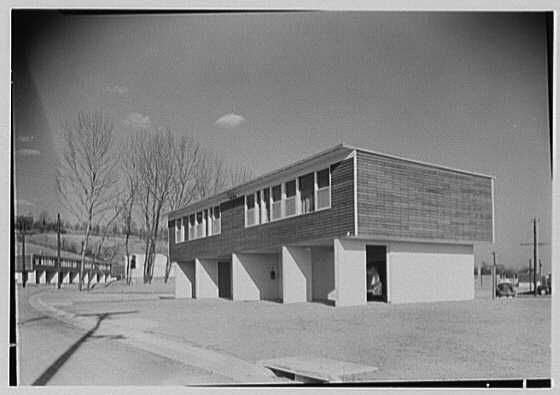
Carver Court is an unusual International Style federal housing development by three huge names in Philadelphia modernism: George Howe, Louis I. Kahn and Oskar Stonorov. Carver Court sits at the base of a hillside where a large solar farm has been approved, raising concerns about flooding due to runoff as a result of the solar project’s required deforestation. The Preservation Alliance would like to see Carver Court recognized by the Pennsylvania Historical and Museum Commission and listed in the National Register of Historic Places, which would trigger a stronger review of the solar project’s impact on the site.
Federal Historic Preservation Tax Credit
For the first time, the Preservation Alliance listed a policy on its endangered list. Preservation Tax Credits are widely regarded as one of our strongest revitalization tools. On any given year projects using these credits locally draw an average of $224 million in private investment and nearly 1,000 jobs. As part of the nation’s pitched fiscal debate, some in Congress are proposing the elimination of Preservation Tax Credits. The Preservation Alliance joins the National Trust for Historic Preservation’s campaign to support legislation in Congress which would affirm and expand these tax credits.
WHYY is your source for fact-based, in-depth journalism and information. As a nonprofit organization, we rely on financial support from readers like you. Please give today.





